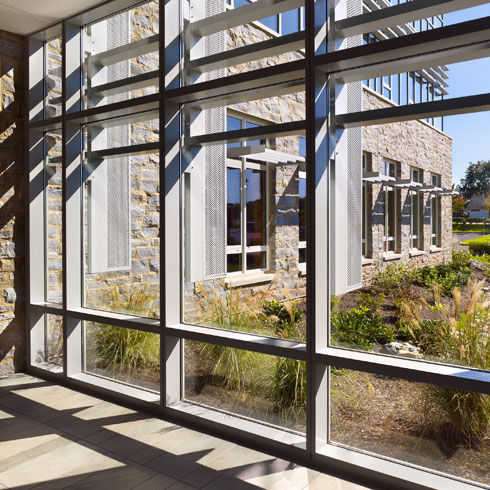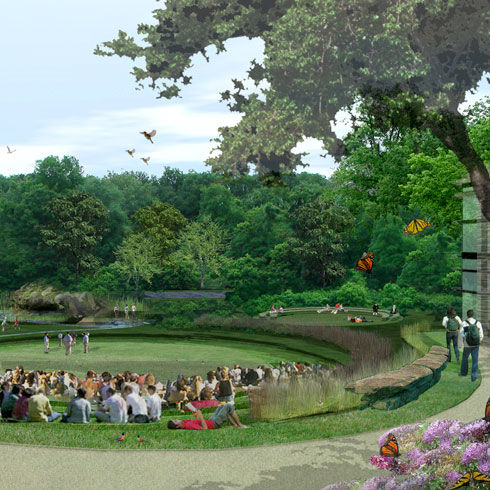the warmth of the sun in when they shed their leaves in winter months. Large overhangs also provide shade and create outdoor spaces that are protected from the sun, rain, and snow. Operable windows allow for natural ventilation and temperature control without AC.
WRT’s architects and landscape architects have created spaces like Paseo Verde’s ribbon courtyards and Germantown Academy’s outdoor classrooms, which demonstrate the value of inside and outside spaces tailored specifically to local climate. With strategies such as these we can create buildings that are less hermetically sealed and more tied to public spaces, the city, and nature. At the same, time we can save energy and the environment. Now that’s cool!


